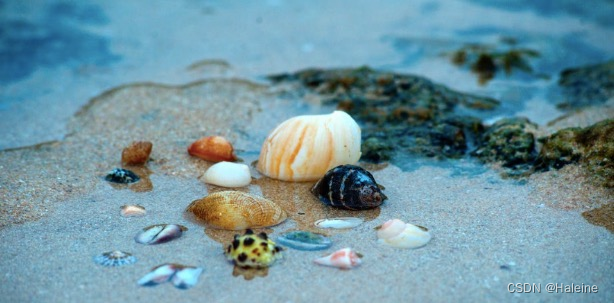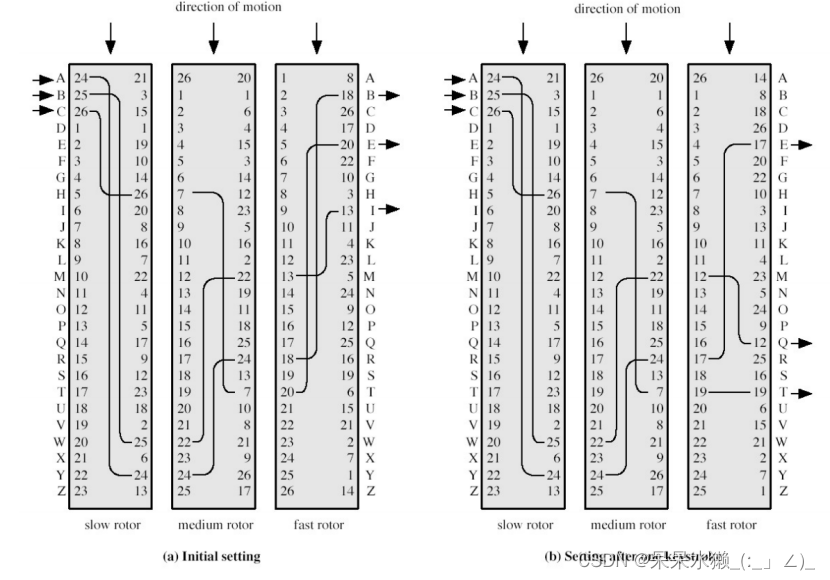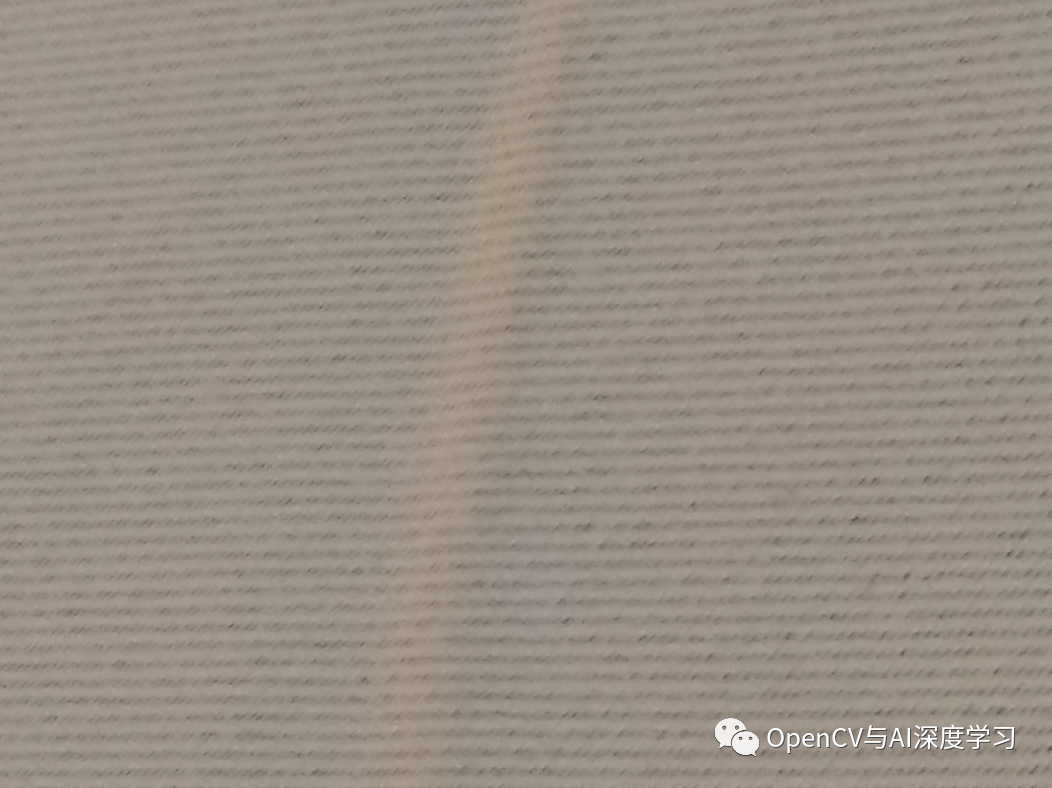Why Can You “Hear the Ocean” in Seashells?
为啥能在贝壳里“听见海的声音”?

We’re told a number of stories as kids.
One of the more harmless of these little lies is the one about seashells.You know the one: hold up a seashell to your ear, and you can hear the sea, no matter how far inland you currently are.
It’s true: hold up a shell to your ear, and you really will hear something akin to the ocean swirling around inside it.So, what’s actually going on here – and if that’s not the sea we’re hearing, what is it?
No doubt some of our readers are already confidently asserting that they know the answer – and indeed, there are one or two supposedly scientific explanations for the phenomenon that you’ve probably heard.
“One popular (but wrong) explanation is that you are listening to your own blood coursing through you,” wrote Karl Kruszelnicki, the Australian science communicator better known as “Dr Karl”, back in 2012.
However, as popular as this theory is, it’s surprisingly easy to disprove.“Press your ear to a shell and listen, then run around on the beach for a few minutes to increase the blood flow all through your body, and again listen to your magic shell,” Kruszelnicki wrote.“You’ll find that the loudness of the ‘sound of the sea’ is still the same.”
If we truly were hearing the sound of our blood rushing through our bodies, that wouldn’t be the case: exercising makes your blood pressure and pulse increase, which would thus intensify the supposed sounds being “reflected” by the shell.The fact that we don’t hear a difference before and after exerting ourselves, therefore, means one thing: the “blood” theory just doesn’t hold water.
If not the red stuff, perhaps it’s some other inner fluid we’re hearing?We know that our inner ears are constantly sloshing with endolymph and perilymph fluids – it’s what keeps us upright, after all.Maybe, then, it makes sense that holding a shell to the outside of the organ would be somehow amplifying the noise of that liquid, rather than the ocean, and reflecting it back at our listening holes.
Yet, again, this fails a simple experiment: our inner ear fluid is in motion whenever we move our heads, implying that any seashell sounds would change depending on the angle and direction we’re facing.
Finally, there’s the idea that the “sea” you can hear in a shell is actually air – air flowing through the shell and out again, which creates the signature whooshing, flowing noise.
It’s harder to disprove than the others, because it needs some pretty specialist equipment – specifically, an anechoic chamber, or a completely soundproof room.
“You won’t hear anything in a completely soundproofed room,” confirmed Andrew King, director of the University of Oxford’s Centre for Integrative Neuroscience and head of the Oxford Auditory Neuroscience Group.“Background noise must be present.”
That’s the biggest clue as to what’s really going on here: the sounds we hear “inside” seashells are not coming from inside our bodies, but rather around them.
“You are hearing ambient or background noise that has been increased in amplitude by the physical properties of the seashell,” King explained.
The specific sounds we hear within a conch or a nautilus depend on the exact shape of the shell itself, he explained: the hard, curved surfaces inside the shell cause the sound waves that enter to bounce around, amplifying some frequencies while dampening others.
Seashells may be the most poetic of ways to experience this resonance, but they’re definitely not the only method – pretty much any convex surface will do.
Of course, should you try this experiment in the kitchen, the sound you hear in your makeshift “shell” will be different from what you hear in a conch next to the sea.That’s for two big reasons: the size and shape of the cup or bowl versus the shell, and the ambient noise – because the soundscape of a kitchen, formed from the buzz of a refrigerator and the hum of water pipes, is quite different from the open ocean.
This rather brings us full circle, doesn’t it?After all, if the sound inside seashells is in fact the ambient noise around us, then really – as long as you stay near the sea itself – it actually is the ocean you can hear in there after all.





